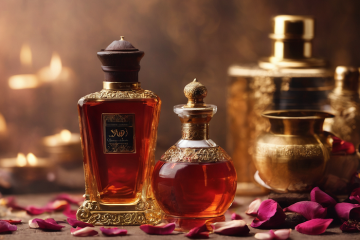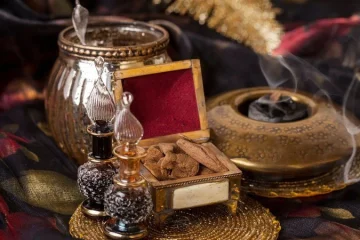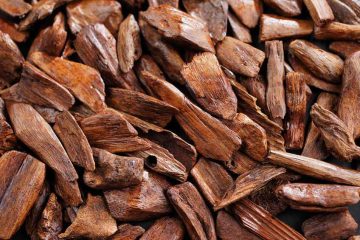In the realm of perfumery, few scents hold the enchantment and allure that oud brings. Derived from the resinous heartwood of agarwood trees, oud has a rich history steeped in tradition and cultural significance. This article delves into the captivating process of how oud is extracted, exploring ancient techniques and modern innovations that contribute to the creation of this aromatic masterpiece.
Understanding Oud
Oud, also known as agarwood oil, is a prized substance obtained from the agarwood tree. The term “oud” itself can be traced back to the Arabic word “al-oud,” signifying the wood of the tree. Widely recognised for its use in perfumery, oud has a profound cultural impact, often associated with luxury and spirituality.
The Oud Source: Agarwood Trees
Overview of Agarwood Trees
Agarwood trees, belonging to various species, are predominantly found in regions such as Southeast Asia, the Indian subcontinent, and parts of the Middle East. The Aquilaria and Gyrinops genera are notable for producing agarwood, with different species contributing to the diverse range of oud aromas.
Conditions Favoring Oud Formation
Natural factors such as fungal infections and environmental stressors play a crucial role in initiating the oud formation process. Additionally, human-induced methods, such as wounding the tree or introducing fungi, contribute to the creation of the resinous substance within the heartwood.
Oud Formation Process
Agarwood Infection
Fungi, particularly of the genus Phaeoacremonium and Fusarium, infiltrate the agarwood tree, triggering a natural defence mechanism. As the tree combats the infection, it produces resinous compounds, transforming the once-ordinary heartwood into the coveted agarwood.
Resin Accumulation
Chemical transformations within the tree lead to the accumulation of resin. This process alters the tree’s structure and composition, resulting in the distinct aromatic profile of oud. The intricate dance of chemistry and nature unfolds, giving birth to a substance highly sought after in the world of fragrance.
Traditional Extraction Methods
Historical Practices
Centuries ago, oud extraction was an artisanal craft, with methods varying across cultures. Ancient civilisations cherished the art of hand-crafting oud, often considering it a sacred practice with ties to religious ceremonies and rituals.
Manual Extraction
Even today, artisans employ traditional techniques to extract oud manually. This hands-on approach preserves the authenticity of the fragrance, highlighting the cultural and historical significance embedded in each drop.
Modern Techniques in Oud Extraction
Steam Distillation
In contemporary oud extraction, steam distillation is a prevalent method. This process involves passing steam through the agarwood, capturing the essential oil. While efficient, it requires expertise to preserve the complexity of the aroma.
Solvent Extraction
Hydro-distillation and the use of organic solvents represent modern advancements. These methods offer precision and efficiency, providing perfumers with a diverse range of oud oils to work with.
Factors Influencing Oud Quality
The quality of oud is influenced by various factors, including the age and species of the agarwood tree, as well as the geographic location of its growth. The extraction method employed also plays a pivotal role in determining the final olfactory profile of the obtained oud oil.
Sustainability Concerns in Oud Extraction
Threats to Agarwood Trees
Despite its revered status, the agarwood tree faces threats such as overharvesting and illegal logging, endangering its existence in the wild. These challenges underscore the importance of adopting sustainable practices.
Conservation Efforts
Concerted efforts are underway globally to conserve agarwood trees and promote sustainable oud extraction. Initiatives focus on responsible harvesting, reforestation, and research to ensure the longevity of this precious resource.
The Future of Oud Extraction
Innovations in Sustainable Extraction
Technological advancements hold the key to the future of oud extraction. Innovations aim to develop eco-friendly approaches, ensuring that the demand for oud can be met without compromising the delicate balance of nature.
Oud in the Global Market
Oud’s economic impact is substantial, driving trade and commerce worldwide. Global trends reflect a growing demand for oud-infused products, from perfumes to luxury items.
Unique Ending: Embracing the Oud Symphony
As we conclude this aromatic journey into the extraction of oud, let’s embrace the symphony of scents woven into the fabric of culture and nature. The mystique of oud, from its ancient roots to modern innovations, invites us to appreciate the craftsmanship and sustainability needed to preserve its allure. The oud experience is not just a fragrance; it’s a connection to history, nature, and the delicate art of extraction.



